It's still a big field. In some rural areas of Anhui, each village only has one field. Villagers | land | big field
After working in the village, Zhang Feng constantly pays attention to documents related to agriculture, rural areas, and farmers. This year, he was particularly energetic. In the No. 1 central document of 2023, it was mentioned that "we should sum up local experience in 'combining small fields with large fields' and explore ways to gradually solve the problem of fragmentation on the premise of farmers' willingness, in combination with farmland construction and land consolidation." In April this year, the Implementation Plan for the Pilot Work of the Reform of "Small Fields into Large Fields" in Anhui Province was released, which clearly stated that we should encourage qualified places to carry out the whole village, whole township and even the whole county to promote the pilot reform of "small fields into large fields". By 2025, the cumulative renovation area will expand from 14.6 million mu to 30 million mu.
Zhang Feng is the Secretary of the Party Branch and Director of the Village Committee of Miaoqian Village, Wugou Town, Suixi County, Huaibei City, Anhui Province. In 2021, their village began to experiment and practice the work of "combining small fields with large fields". Two years ago, he had no idea that the exploration in the village would receive recognition and support from the central and provincial governments.
In fact, the "merging small fields with large fields" reform in Miaoqian Village was not the earliest. In Sixian County, Suzhou, Anhui Province, the exploration of "one household, one piece of land" was initiated earlier, which turned scattered fields of villagers into a concentrated large field. Currently, 362000 acres of land in 117 villages in the county have become "large"; As early as 2010, the people of Mengcheng County, Bozhou City spontaneously exchanged land. Currently, the land under the "one piece of land per household" reform accounts for 76.6% of the total cultivated land area. Based on this, the "one village, two cultivation areas" model was explored, with farmers farming in their own cultivation areas and large farmers operating in the transfer cultivation areas. In addition, Ma'anshan in southern Anhui has established a "Four Transformations of Farmland" special team, innovatively implementing the "Four Transformations of Farmland" action of transforming small fields into large fields, idle fields into busy fields, poor fields into good fields, and crab fields into rice fields, achieving large-scale, mechanized, and high-quality grain cultivation.
However, the "small fields and large fields" reform in Miaoqian Village has advanced features - "Our village only has one piece of land." Zhang Feng proudly said that this piece of land is a high standard farmland of 10000 acres, which is integrated from the village's 6524 "palm fields" with an average area of less than 2 acres. Before the reform, the entire village had a total arable land area of 11000 acres, with an average of 2 acres per person. Each household had an average of 7 pieces of "fine farmland", with a maximum of 12 pieces per household. Almost all the young and middle-aged people in the village worked outside, making it a difficult problem for the village to determine who would cultivate the land.
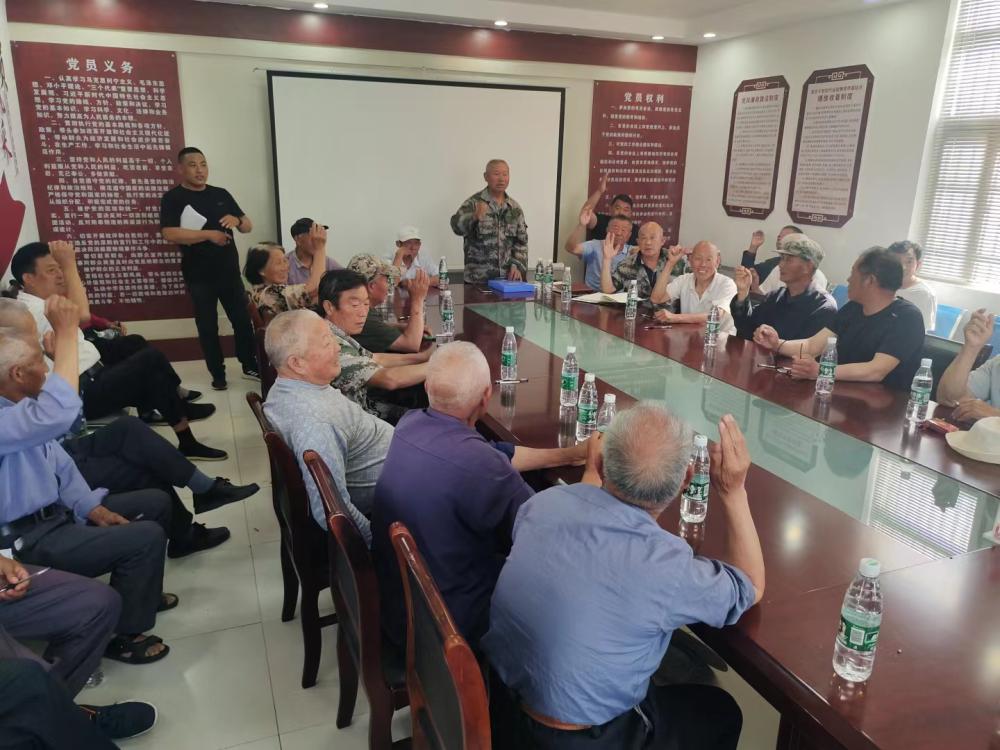
The reporter visited Miaoqian Village on site to see this large field that was formed by Oda.
decision
On a night in April 2021, a mobilization meeting was held in Miaoqian Village until late at night. Five former village secretaries attended the meeting - on one issue, the village wanted a small field and a large field. Why not? During the day, Zhang Feng led the village leader, senior party members, and more than 20 others to a nearby village group to study and inspect the "one household, one piece of land" experiment. The village group spontaneously integrated and connected the land, and obtained a large field of over 20 acres, which could be completed in one day. Compared to the previous scattered cultivation of the same area, it took two to three days.
At the mobilization meeting, it was difficult to draw a conclusion, and the village representatives began to go home to seek the opinions of the villagers. More than a month later, opinions from over 1000 households in Miaoqian Village were collected, and ultimately 85% of the villagers agreed to the reform, while 15% of the villagers held reservations.
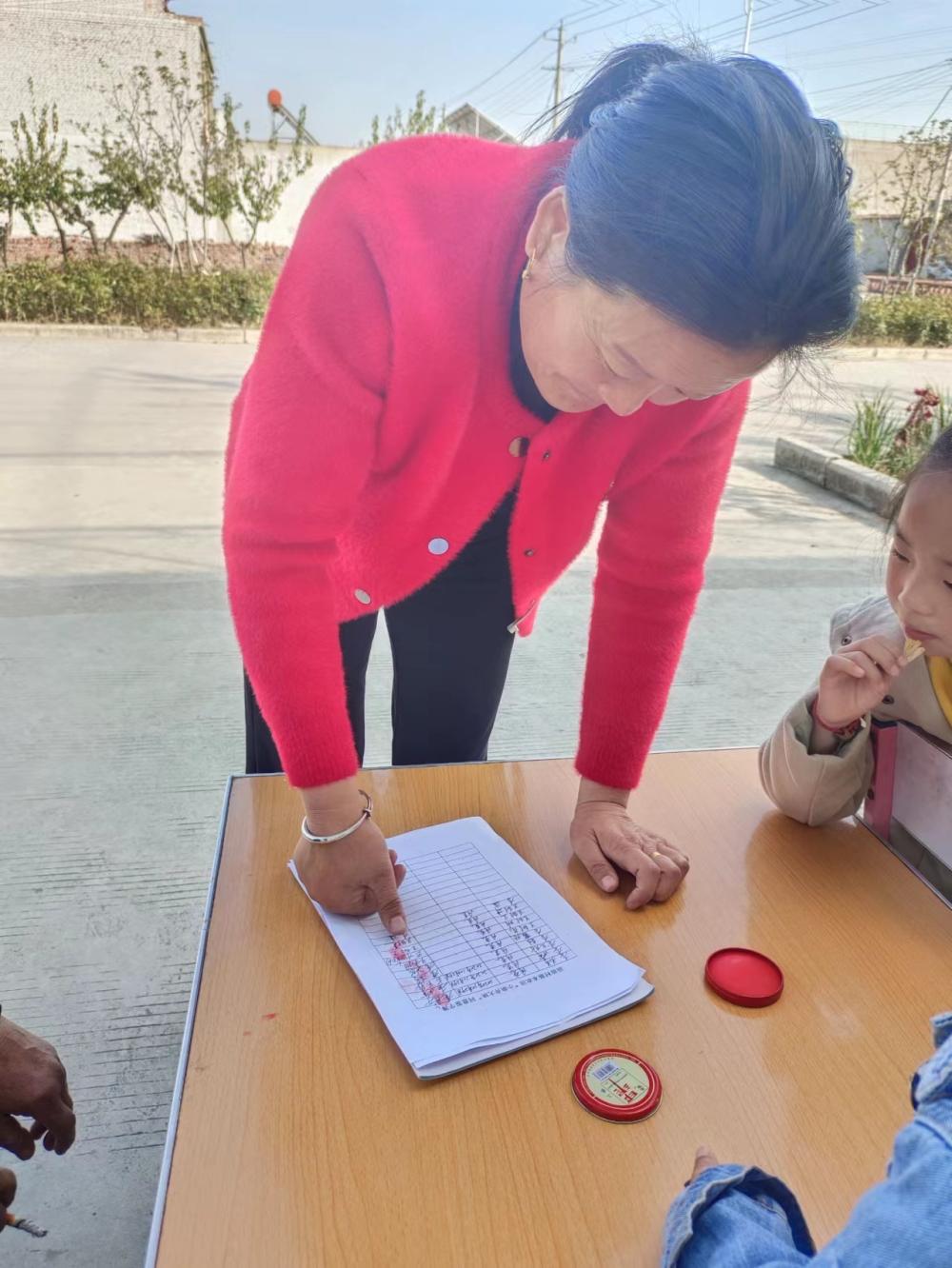
Discussion among Party member representatives and village representatives in Miaoqian Village
Reform has a mass foundation, but what about the remaining 15%? Continuing to learn advanced experience and unify his thinking, Zhang Feng rented a bus carrying more than 40 people from the village to Bozhou and Fuyang to learn the specific methods and experiences of "merging small fields with large fields".
Villagers will always ask, "Small fields and big fields, do you have any documents?" After all, after working alone for more than 40 years, many people are not accustomed to suddenly gathering the fields together. Zhang Feng explained that the No. 1 central document of the Central Committee of the CPC in 2021 made it clear that the bottom line of reform is to adhere to the collective ownership of rural land farmers, adhere to the basic position of household contract management, and keep the rural land contract relationship stable and unchanged for a long time; There are few young people in the village, and the land output is small and fragmented. Some of the land is no longer cultivated. In order to develop the village, we have to reform and find ways to mobilize everyone's enthusiasm.
Villagers in Miaoqian Village agree to transfer and sign
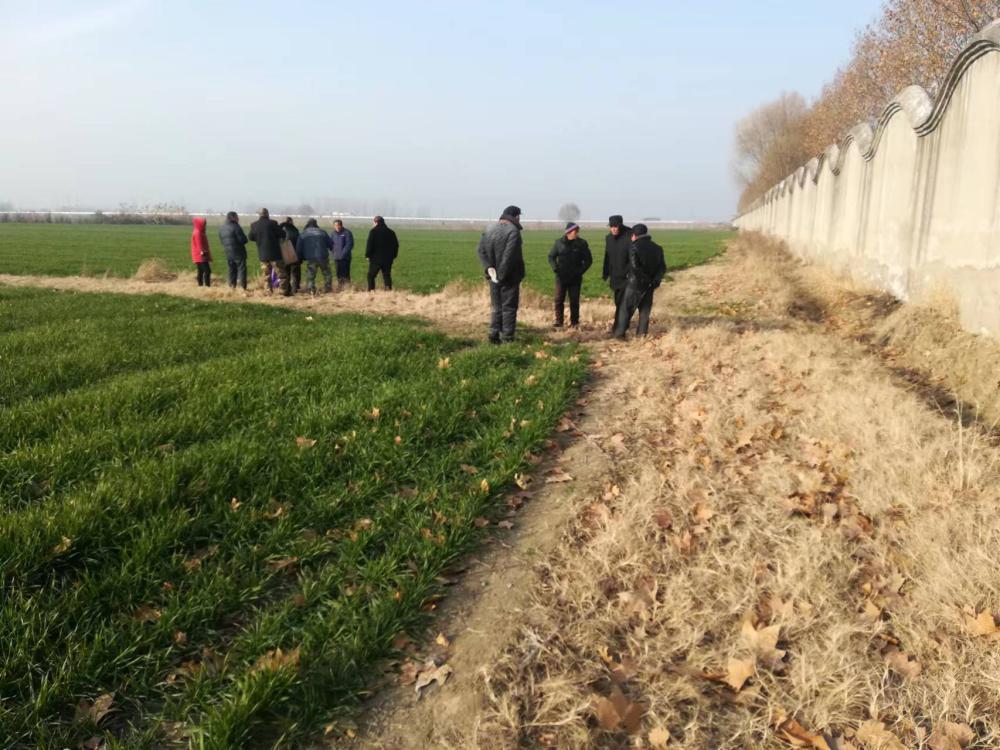
In order to promote reform, the village held meetings dozens of times, sometimes until late at night. In the end, the villagers unanimously agreed that they could do it if they wanted to! In July 2021, 1370 fresh red fingerprints were gathered, and all villagers in Miaoqian Village agreed to merge small fields with large fields. In the same month, Miaoqian Village won the only high standard farmland demonstration park construction project in Anhui Province in 2021.
New changes
Surveying and mapping of land in Miaoqian Village
After the fragmented land is integrated, it is natural to build high standard farmland. According to the original plan, Miaoqian Village will plan to redistribute land for villagers after building high standard farmland, achieving "one household, one piece of land". Unexpectedly, high standard farmland quickly attracted market attention. Zhonghua Modern Agriculture Anhui Co., Ltd. was recommended to the village, and the company intended to undertake the overall land contract of the village. The participation of market forces directly promoted the upgrading of "one household, one field" to "one village, one field".
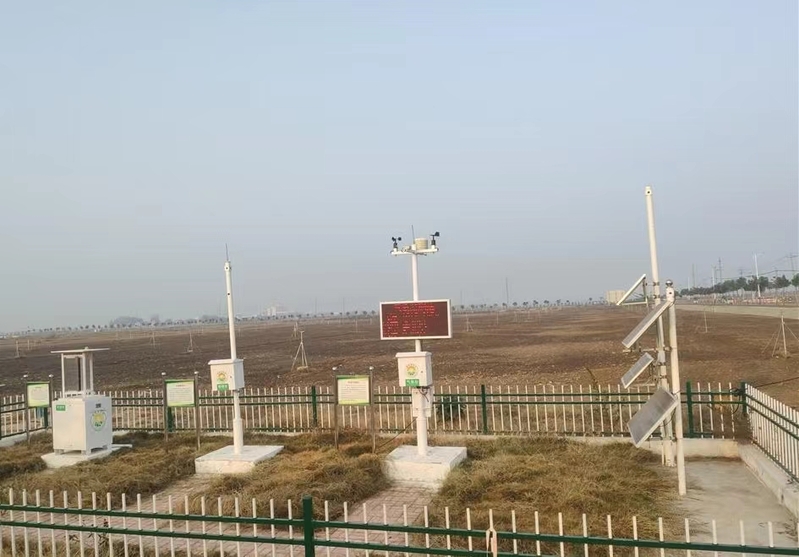
After the scattered plots in Miaoqian Village were treated, advanced agricultural equipment was used
Shi Qiangqiang, an agronomist at Suixi Technical Service Center of Sinochem Modern Agriculture Company, told reporters that the company will further integrate the entire village's land, create a high-quality grain source base, and layout agricultural planting varieties and process management based on agricultural product orders. "One Village, One Field" quickly gained tangible benefits - in September 2021, the Agricultural Company signed a 5-year contract with the village to transfer nearly 10000 acres of high standard farmland. Villagers can receive an annual rent of 1000 yuan per acre, with an increase of 400 yuan per acre compared to before.
The Application of Agricultural Internet of Things in Miaoqian Village
The increase in land rent is only one aspect, and the increase in agricultural production and income makes villagers more happy.

For the 11 major grain growers who subcontracted land, the agricultural company unified the land organization, planting plan, mechanical operation, brand building and other links. It also developed a free mobile app for farmers to use, which can real-time query the water, fertilizer, and disease and pest situation of crops. In the first season after "combining small fields with large fields", the average wheat yield per mu in the demonstration farmland in the village was over 1300 kilograms, which is nearly 30% higher than the output of the previous most technologically advanced growers. In the past, it was difficult to avoid the situation where cheap grain harmed farmers. Now, before the seeds are planted, sales orders have already been signed. In addition, after Xiaotian became a large field, the cultivation, management, and harvesting processes saved more than 300 yuan per mu, and the harvesting time was significantly shortened. The profits of agricultural companies have also increased, and large-scale production has brought brand premiums to the company.
In 2022, Xiaotian merged with Datian for just over a year, and the per capita disposable income of farmers in Miaoqian Village reached 20000 yuan, which is 11 and 25 percentage points higher than the average level of Anhui Province and Huaibei City, respectively.
The common people have become wealthy, and the collective economy of the village has also grown.
Previously, the collective economic income of Miaoqian Village was calculated to be less than 50000 yuan, including the village committee renting out the old village headquarters to kindergartens, earning an annual rent of 15000 yuan. But the village spent a lot, especially on water conservancy facilities, which was a bitter memory of Zhang Feng. It turned out that the village's ditches were in disrepair for a long time and were filled with soil by villagers for agricultural production, often leading to autumn floods and poor harvests. Therefore, we had to find excavators to dig soil in autumn, release water in time, reduce losses, and backfill soil in summer. Otherwise, agricultural machinery could not enter the land. Zhang Feng calculated that digging and filling ditches alone would cost 80000 yuan per year. Nowadays, the farmland in the village has achieved drought irrigation, flood discharge, square fields, forest networks, interconnected roads, and connected canals, eliminating the worries of drought and flood. What's even more surprising is that after the "one village, one field" reform, 747 acres of farmland have been grown in the village, mainly from the ridges built between small fields and the land reclaimed and abandoned.
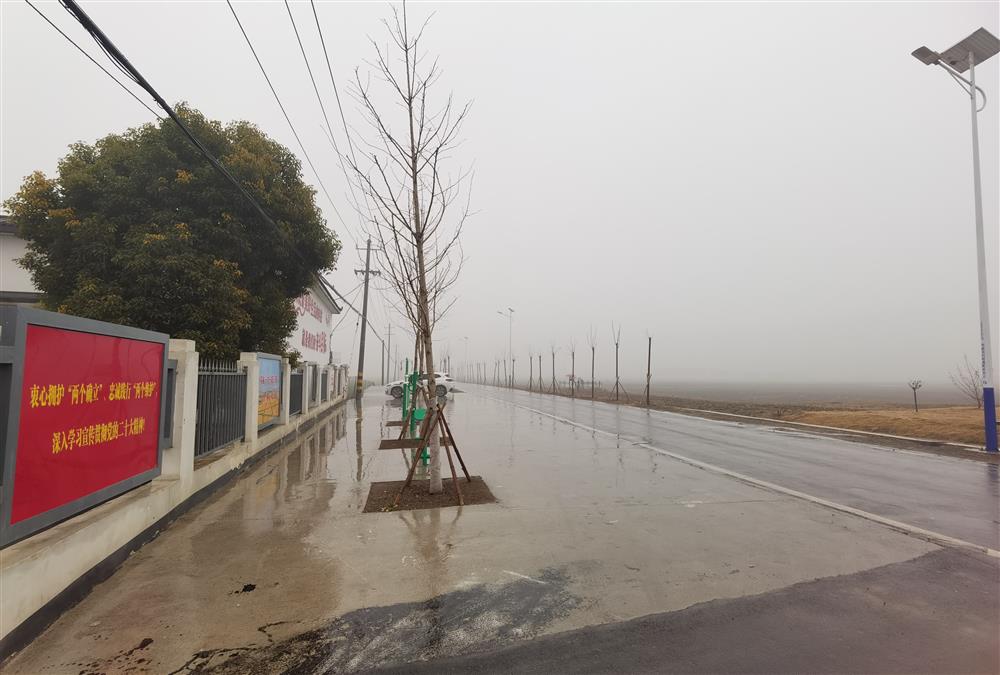
The labor force liberated from farmland participates in the reclamation of abandoned ponds and pits, as well as various industries such as specialty planting, fish pond aquaculture, and agricultural product processing. In July 2022, the Miaoqian Village Fragrance Oil Factory was put into operation. Currently, there are more than 10 workers, each with a monthly salary of over 3000 yuan. The main products are sesame oil, sesame sauce, sesame salt, etc. Currently, they are being promoted and sold in the form of gift boxes. There are no green trees planted on both sides of the road in Miaoqian Village, but about 16000 black locusts are planted. Every April and May, locust flowers can be used for steaming vegetables or stir frying eggs. The village is also preparing to build a cold storage room to sell vacuum packaged locust flower related products year-round. This year, we plan to self cultivate over 100 acres of sesame seeds, and the village's plastic greenhouse, rice paddies for shrimp farming, and fish ponds will also generate revenue this year.
In 2022, the collective economic income of Miaoqian Village reached 1.021 million yuan, and it is certain that there will be more this year.
Village governance has also changed accordingly. Sun Zhongyan, who is 79 years old this year, is an old production team leader in the village. He recalls that during the busy farming season, there were almost daily disputes and arguments. Now, the land of the villagers has become a number on the ledger, and the boundary contradiction no longer exists. "Digital fields" are being promoted in various towns in Suixi.
Miaoqian Village has become a star village.
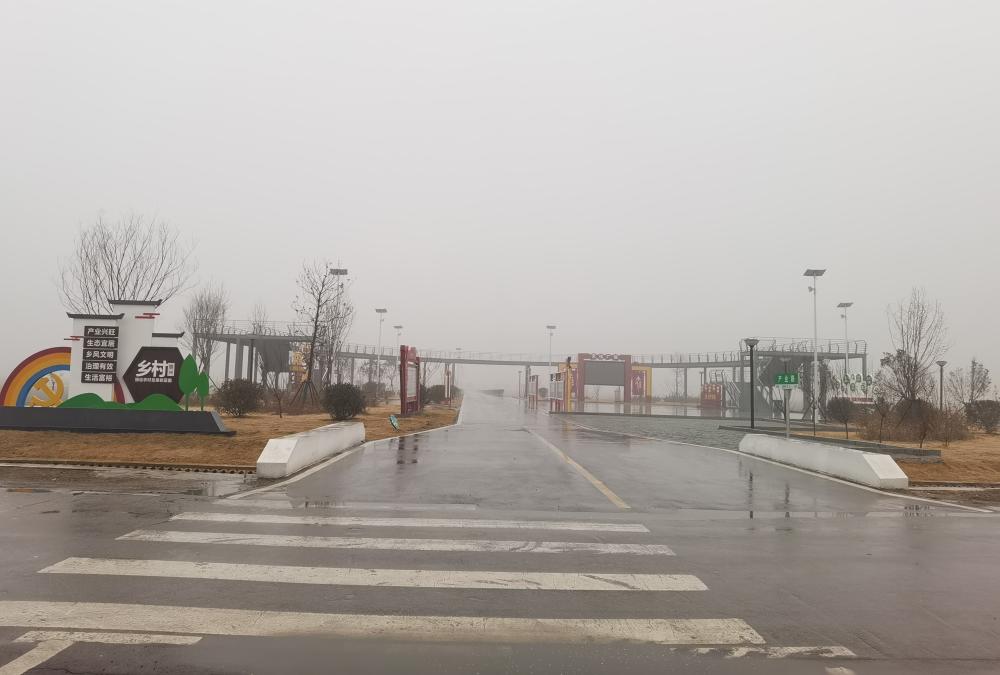
next
Before the Spring Festival in 2023, a party member conference was held in Miaoqian Village, and Zhang Feng reported to everyone on the collective income situation in the village. On that day, the village committee distributed a warm coat to each 60 year old party member; For villagers aged 65 and above, each person was given 2 kilograms of sesame oil and insurance was purchased... The village also provided funds to renovate roads, install street lights, beautify residential buildings, and sort garbage. A small square was built at the entrance of the village committee, and many villagers like to take a walk, dance, and even set up stalls in the square in the evening.
The new appearance of Miaoqian Village after road renovation, installation of street lights, and planting of trees
Zhang Feng looked at the villagers on the square and smiled. He said that the village was planning a new round of economic development plan to increase the collective economic income of the village while driving more villagers to generate income. The village had already established a cooperative and entrusted Sinochem Agricultural Company to manage more than 1000 acres of land, which was "vegetable garden land" in front and behind the house and could not be mechanically operated. Therefore, the village cooperative provided the bottom line. Don't underestimate the land in front and behind these houses. Taking the more than 200 acres of peanuts that villagers participate in picking as an example, during peak labor hours, more than 200 people are needed per day, and the cost of picking peanuts is 0.5 yuan/jin. Within more than 20 days, the per capita income exceeds 2000 yuan.
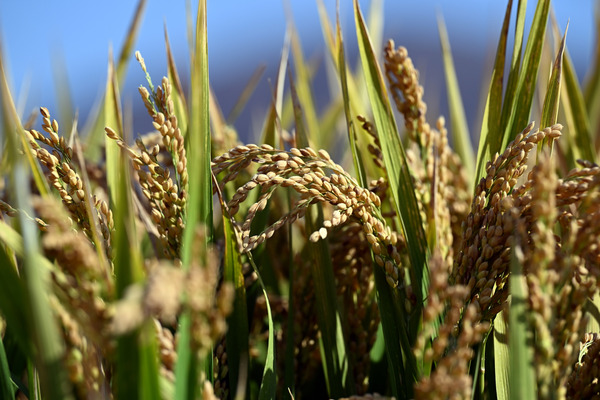
The small square and "Internet Red Bridge" at the entrance of the Miaoqian Village Committee
At the end of last year, Miaoqian Village commissioned a design institute in Anhui to complete a 10-year overall plan. One of them is the merger of villages, as the phenomenon of hollow villages leads to an increase in idle homesteads. The construction land freed up after concentration can enter the market to generate income, and the village can use these profits to rebuild houses for villagers. This is not only an attempt to introduce rural collective profit oriented construction land into the market encouraged by the No. 1 central document of the Central Committee, but also a practice of "promoting the merger of hollow villages that have lost their residential function or shrunk their function" mentioned in the Implementation Plan for the Pilot Work of the Reform of "Small Fields into Large Fields" in Anhui Province. A large cafeteria will also be built in the village to provide free meals for elderly people over 60 years old. Zhang Feng proudly stated that the cafeteria can use the vegetables from his own greenhouse, sesame oil from the sesame oil factory, and rice and shrimp from the rice fields.
Zhang Feng believes that this is his ideal of a moderately prosperous life.
At present, various regions in Anhui are vigorously promoting the reform of "merging small fields with large fields". When the government promotes reform, it can cooperate with market entities to seek the promotion of the entire village and further integrate land. For example, Miaoqian Village adopts "digital land" to minimize farmers' participation in agricultural production; In addition, when carrying out the "small fields and large fields" plan in various regions, opinions from multiple parties should be listened to to ensure that the plan is up-to-date and scientific, such as scientifically planning the road width and vertical and horizontal layout of the field to better meet the needs of large-scale machinery operations. In some areas where "small fields and large fields" have already been carried out, narrow roads have led to harvesting crops only being done by turning small cars into large cars, invisibly increasing time and money costs.
Similar to the "big package" reform signed by 18 villagers in Xiaogang Village, Fengyang, Anhui over 40 years ago, "combining small fields with large fields" is also a reform of production relations to adapt to the development of productivity. It addresses new problems such as low farmland efficiency, high production costs, and poor production efficiency. More development challenges need to be continuously addressed through reform.




